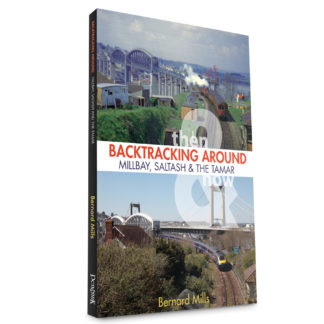In 1916 Lieut. Geoffrey Dorman, was flying his Bristol F2b bi-plane from Shoreham to Gosport, when he was forced to make an emergency landing in a field at Tangmere – a small and ancient village in West Sussex. Happily there was little damage apart from the plane’s wooden propellor being chipped by flying stones. However the recovery operation led to the land being requisitioned as an airfield.
The following year Tangmere aerodrome was opened, only to be taken over by the Americans in 1918. Handed back to the British in 1919 it was then closed, only to be re-opened as a storage unit for the Fleet Air Arm in 1925. Fighter Squadron No.43 arrived in ’26 and Squadron No.1 in ’27. When war broke out in ’39 the runways were still grass and the Fleet Air Arm had gone from RAF to the Naval control. A busy base during the war it was bombed in August 1940 but continued to operate.
After the war High Speed Flight was stationed at Tangmere and in 1946 Grp Capt Donaldson established a new 616 mph record here, in a Gloster Meteor, with Sqn. Ldr. Neville Duke surpassing that in a Hawker Hunter in 1953 – his speed 727 mph. Ten years later the last planes flew out of Tangmere and the station closed in 1970. In 1982 a Military Aviation Museum was established there.
The name Tangmere itself, incidentally is thought to mean “long lake”, coming from a large pool (now long-since filled in for a village green), within the fork of two merging paths.



